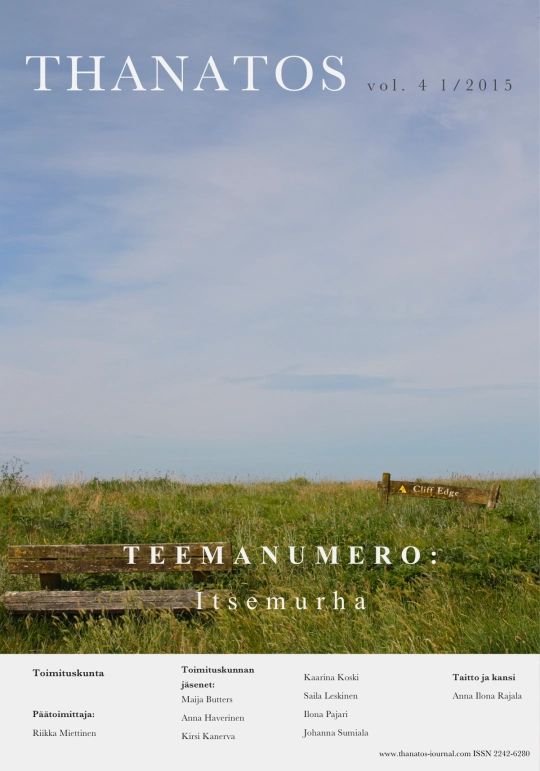Having no Power to Return? Suicide and Posthumous Restlessness in Medieval Iceland
Abstract
The article examines cultural conceptions of the possible afterlives of suicides in medieval (ca. 1200–1400) Iceland: whether those who committed suicide were expected to return as restless dead. It is suggested that suicide corpses were not regarded as inherently dangerous in medieval Iceland. According to the law, those who committed suicide would not be buried in the churchyard, but repentance before the actual moment of death could still make burial in the cemetery possible. The second chance allotted to self-killers raises the question of whether the burial method implied danger and contagion, or merely social exclusion. It is argued that suicide per se was not expected to make the corpse restless. People who were considered weak and powerless in life would not return after death, since posthumous restlessness required that the person had a strong will and motivation to come back. Consequently, in the case of suicides, possible posthumous restlessness depended on the person’s character in life. People with strong will and special magical skills were anticipated to return, whereas other suicides remained passive and peaceful.
Downloads
Published
Issue
Section
License
Copyright (c) 2023 Kirsi Kanerva

This work is licensed under a Creative Commons Attribution-NonCommercial-NoDerivatives 4.0 International License.





